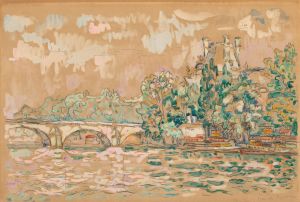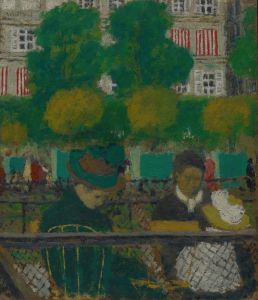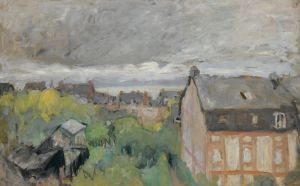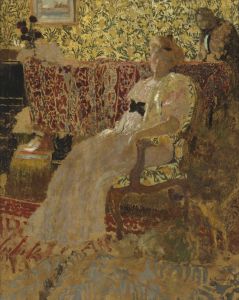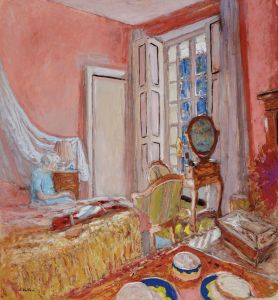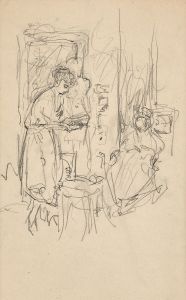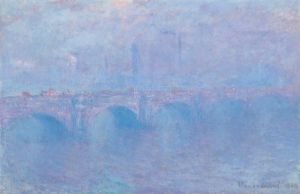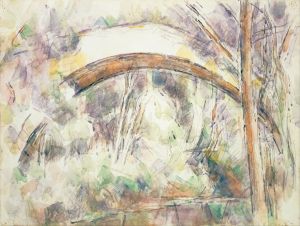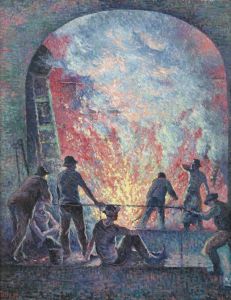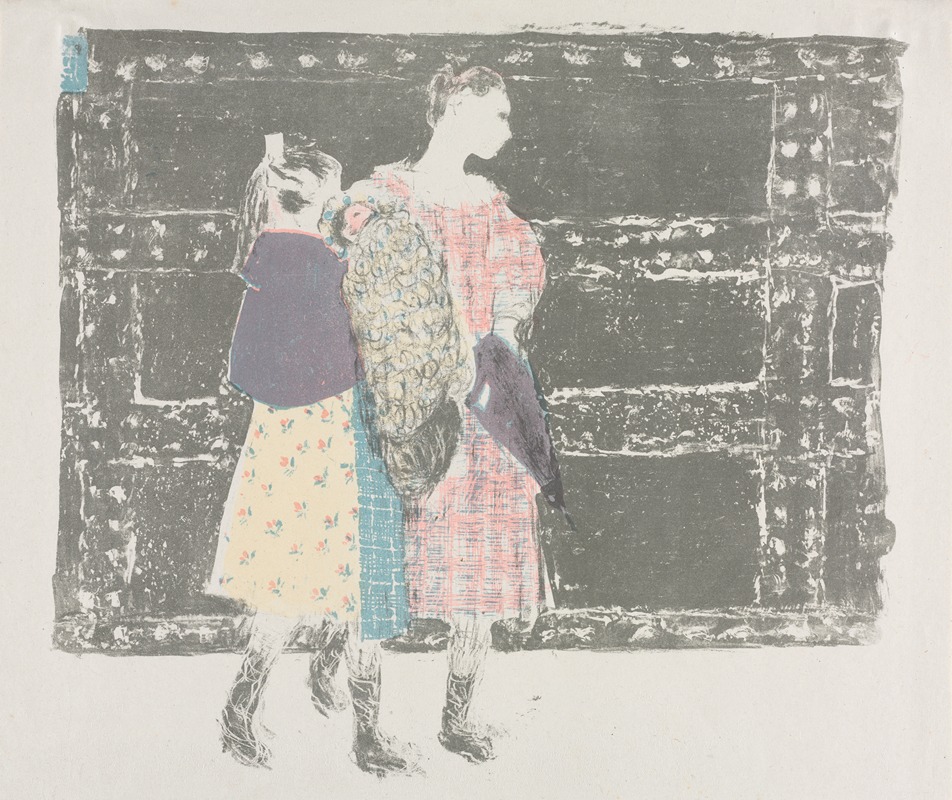
On the Pont de l’Europe
A hand-painted replica of Édouard Vuillard’s masterpiece On the Pont de l’Europe, meticulously crafted by professional artists to capture the true essence of the original. Each piece is created with museum-quality canvas and rare mineral pigments, carefully painted by experienced artists with delicate brushstrokes and rich, layered colors to perfectly recreate the texture of the original artwork. Unlike machine-printed reproductions, this hand-painted version brings the painting to life, infused with the artist’s emotions and skill in every stroke. Whether for personal collection or home decoration, it instantly elevates the artistic atmosphere of any space.
Édouard Vuillard's painting "On the Pont de l’Europe" is an intriguing work by the French artist, known for his association with the Nabis group, which was active in the late 19th and early 20th centuries. Vuillard, born in 1868, was a prominent figure in the post-impressionist movement, and his works often reflect a keen interest in capturing the nuances of everyday life and the intimate spaces of domesticity.
"On the Pont de l’Europe" is a testament to Vuillard's ability to blend the personal with the urban, capturing a moment on one of Paris's iconic bridges. The Pont de l’Europe itself is a significant landmark, completed in 1868, and spans the Saint-Lazare train station's railway tracks, connecting the 8th and 9th arrondissements of Paris. This bridge has been a subject of interest for various artists, including Gustave Caillebotte, who famously depicted it in his 1876 painting "Le Pont de l'Europe."
Vuillard's interpretation of the Pont de l’Europe is less about the architectural grandeur and more about the human interactions and the atmospheric conditions of the scene. His style, characterized by a muted palette and a focus on pattern and texture, is evident in this work. Vuillard often employed a technique that involved the use of distemper, a type of paint that uses glue as a binder, which allowed him to achieve a matte finish and subtle tonal variations.
The painting captures the essence of Parisian life at the turn of the century, a period marked by rapid industrialization and urbanization. Vuillard's work often reflects the tension between the old and the new, the traditional and the modern, and "On the Pont de l’Europe" is no exception. The figures in the painting are depicted in a manner that suggests movement and transience, perhaps reflecting the bustling nature of the city and the constant flow of people across the bridge.
Vuillard's association with the Nabis, a group of avant-garde artists that included Pierre Bonnard and Maurice Denis, influenced his approach to art. The Nabis were known for their emphasis on the decorative aspects of painting and their interest in synthesizing various artistic influences, including Japanese prints and symbolism. This influence is apparent in Vuillard's work, where the focus is often on the harmony of color and form rather than strict realism.
"On the Pont de l’Europe" is a reflection of Vuillard's broader artistic concerns, including his interest in capturing the psychological depth of his subjects and the environments they inhabit. His work is often described as intimate and introspective, qualities that are evident in this painting. Vuillard's ability to convey mood and atmosphere through his use of color and composition makes "On the Pont de l’Europe" a compelling piece that invites viewers to consider the interplay between the individual and the urban landscape.
While specific details about the painting's provenance and current location may not be widely documented, Vuillard's work continues to be celebrated for its contribution to the development of modern art. His paintings are held in numerous public and private collections worldwide, and his influence can be seen in the works of later artists who sought to explore the complexities of modern life through their art.





